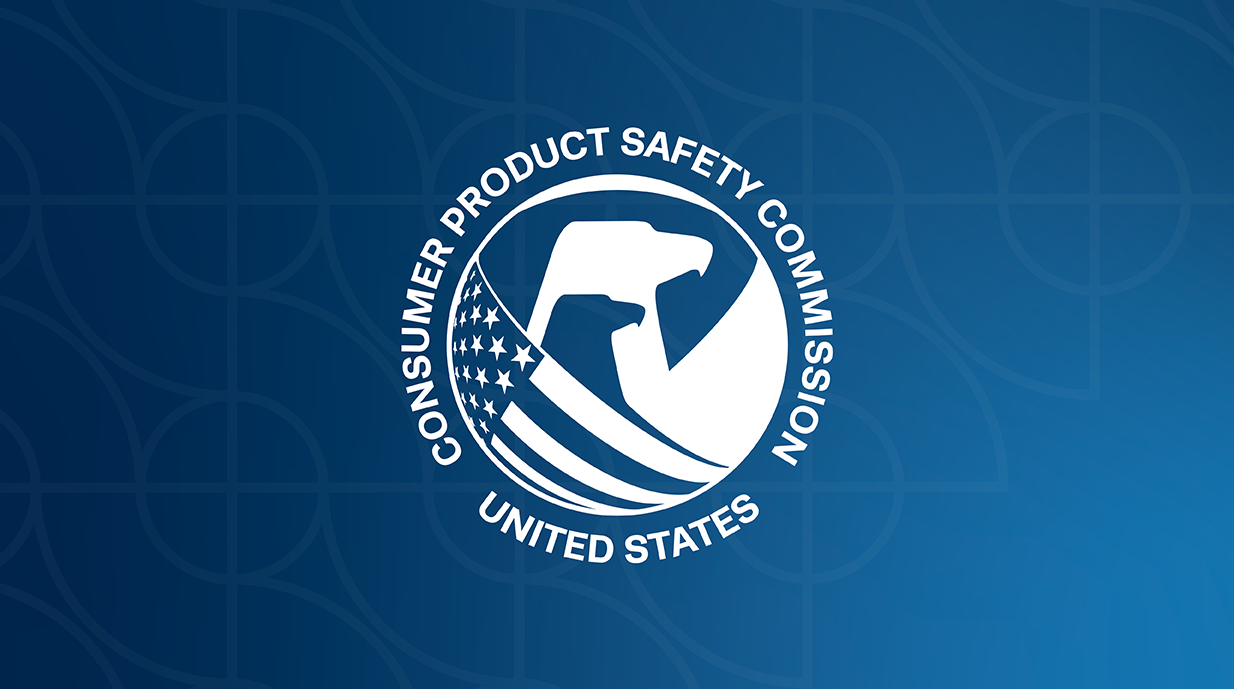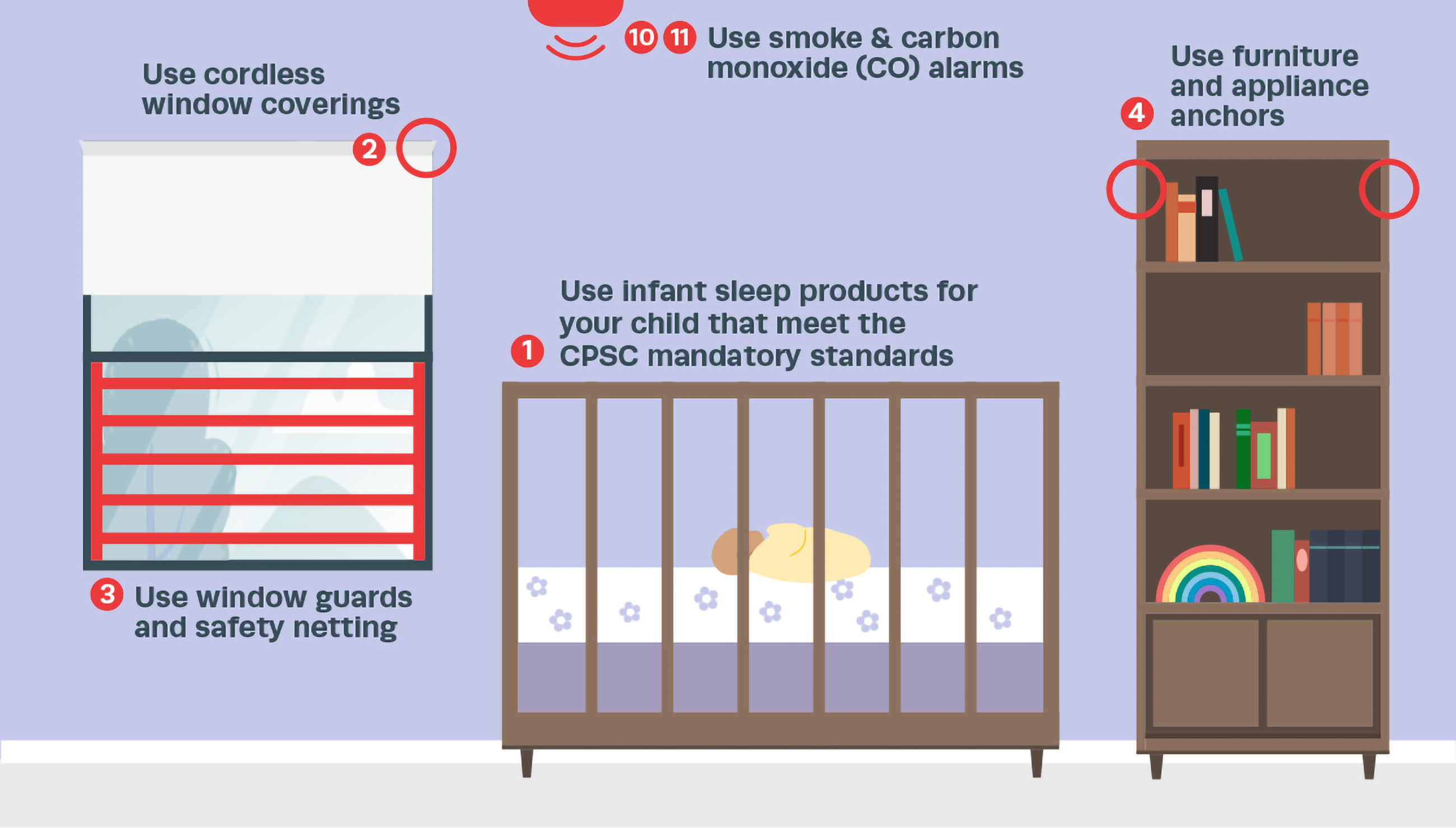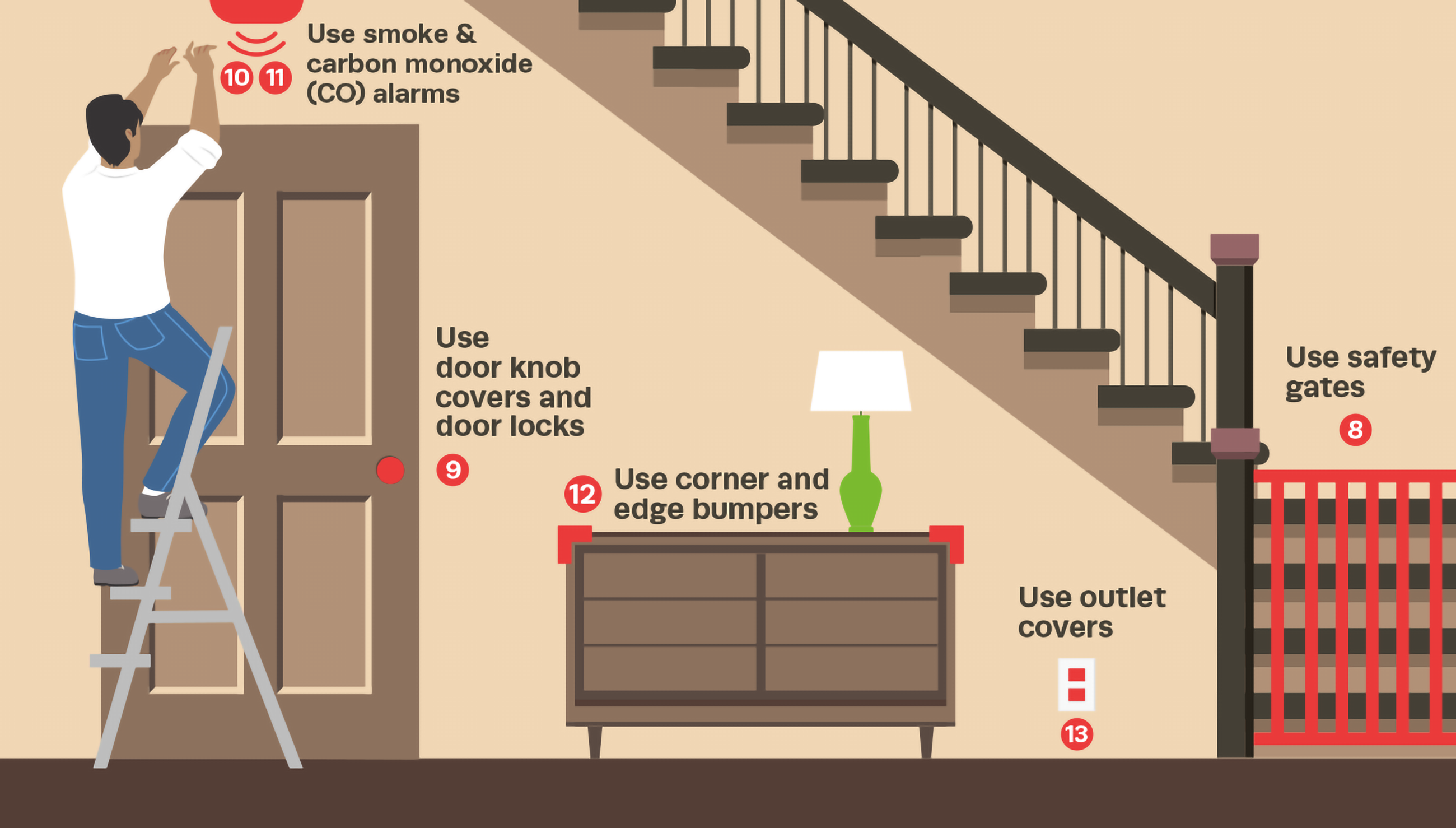Creating a safe home environment for children is a critical responsibility that every parent faces. According to the Centers for Disease Control and Prevention, unintentional injuries are the leading cause of death in children aged 0-4 years, with many of these accidents occurring within the home. Understanding the principles of childproofing can significantly reduce these risks, providing peace of mind and value for new parents navigating this challenging but rewarding journey.
Home safety experts recommend beginning the childproofing process at least three months before your baby starts crawling, typically around six months of age. This proactive approach allows parents to identify potential hazards and implement appropriate safety measures before their little one becomes mobile. Proper childproofing extends beyond immediate safety concerns—it creates a foundation for healthy development by giving children the freedom to explore their environment with reduced risk of serious injury.

- Expert-recommended childproofing devices: a key component of home safety for kids. Source: cpsc.gov
Starting with the bedroom, install outlet covers on all accessible electrical outlets to prevent curious fingers from exploring these dangerous areas. Secure furniture like dressers and bookcases to walls using anti-tip straps or brackets—according to the Consumer Product Safety Commission, a child is injured approximately every 24 minutes in the United States from a furniture tip-over incident. Window blind cords should be cut or secured with cord shorteners to eliminate strangulation hazards, and cribs should be positioned away from windows, heaters, or other potential dangers.
In bathrooms, toilet locks prevent both drowning hazards and messy play. Cabinet latches are essential for keeping cleaning supplies and medications out of reach, while non-slip mats in bathtubs prevent falls. Living areas require additional vigilance with coffee table corner guards, fireplace barriers, and drawer locks to prevent pinched fingers. Don’t overlook the importance of securing bookcases and entertainment centers—these heavy pieces can cause devastating injuries if pulled down. Outdoor spaces need secure fencing with self-closing gates, locked garden sheds, and regular inspection of play equipment for potential hazards.

- Essential childproofing for bedrooms includes securing furniture and covering outlets. Source: cpsc.gov
When considering childproofing solutions, parents often struggle with the balance between temporary and permanent options. Temporary measures like pressure-mounted gates, sliding cabinet locks, and removable outlet covers offer flexibility and can be easily removed when no longer needed. These solutions provide significant value without requiring permanent modifications to your home, making them ideal for renters or those who prefer maintaining their home’s original aesthetic.
Permanent childproofing solutions include wall-mounted gates at stairways, cabinet locks requiring installation, and electrical outlet replacement with tamper-resistant versions. While these options generally require more initial effort and may slightly alter your home’s appearance, they typically offer superior protection and durability. The importance of these permanent solutions becomes apparent over time—they require less maintenance and provide consistent protection, especially important for high-risk areas like stairways and kitchens.

- Don’t forget hallways; budget-friendly solutions are key to comprehensive childproofing. Source: cpsc.gov
Safety experts recommend starting with essential products like cabinet locks, outlet covers, and furniture anchors. When installing these devices, follow manufacturer instructions precisely to ensure maximum effectiveness. Remember that proper installation represents significant value—even the best safety products can fail if improperly secured. For complex installations like gates at the top of stairs, consider hiring a professional if you lack the necessary tools or experience.
Perhaps the most important safety reminder is that childproofing devices are supplements to—not replacements for—active supervision. No safety product is completely childproof, and determined toddlers may find ways around barriers. The greatest value comes from creating layers of protection: combining physical safety devices with constant awareness of your child’s location and activities. Regularly reassess your home’s safety as your child grows and develops new abilities, adjusting your childproofing strategy accordingly to maintain a safe but engaging environment for exploration and growth.

- Expert-recommended childproofing devices: a key component of home safety for kids. Source: cpsc.gov
